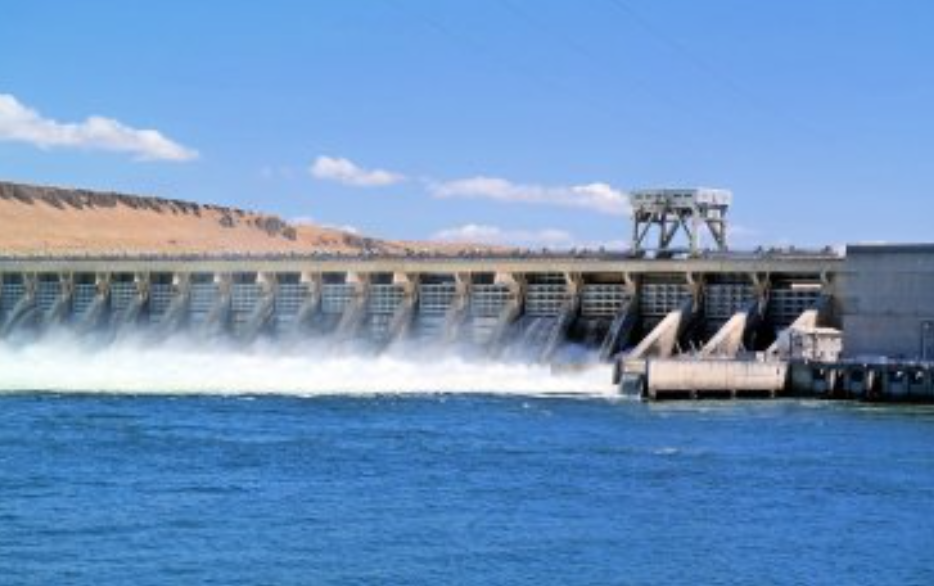Delhi Air Pollution: Air quality deteriorates to ‘poor’ after Diwali celebrations amidst firecracker ban

Despite Firecracker Ban, Diwali Celebrations Cast a Pall Over Delhi’s Air Quality, Now Rated ‘Poor’
Delhi and parts of the National Capital Region (NCR) were shrouded in dense smog on Monday morning, 13 November , following Diwali celebrations marked by the widespread use of firecrackers. The already deteriorating air quality in the region was further exacerbated by the lingering effects of the festive fireworks. Social media circulated numerous images and videos depicting the thick smog, drastically reducing visibility on the roads.
System of Air Quality and Weather Forecasting And Research (SAFAR) data at 6 am on Monday, the air quality in Delhi was classified as ‘poor’ with an Air Quality Index (AQI) of 286. The Air Quality Index has persisted in the ‘severe’ or ‘severe plus’ category for several days, briefly transitioning to the ‘poor’ category after intermittent rains on Friday. However, any respite is expected to be short-lived, as per the Central Pollution Control Board (CPCB) forecast on Sunday, indicating that the air will remain heavily polluted in the coming days, particularly post-Diwali. Notably, the Delhi government has implemented a ban on firecrackers in the city.
Specific areas within Delhi and the NCR recorded varying degrees of air quality degradation. According to SAFAR data, locations such as Delhi University, IIT Delhi, and Airport (T3) experienced ‘very poor’ air quality, registering AQI levels of 313, 317, and 308, respectively. Other areas including Dhirpur, Lodhi Road, Pusa, Noida, Gurugram, and Ayanagar reported ‘poor’ air quality, with AQI readings at 297, 249, 297, and 290, respectively. The persistently grim air quality situation underscores the ongoing challenges in managing pollution levels in the region.

































































































































































































































































































































































































































































































































































































































































































































































































































































































































































































































































